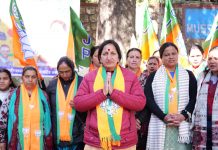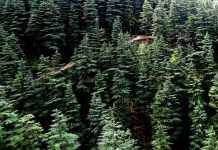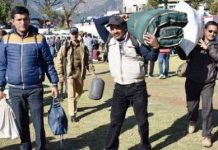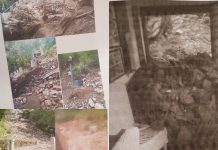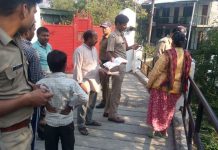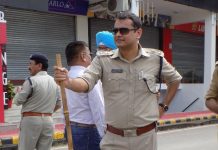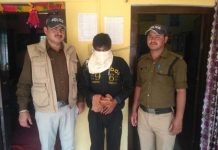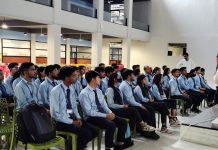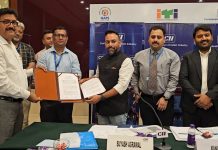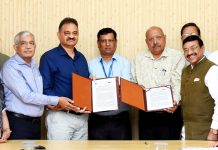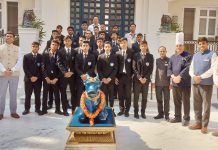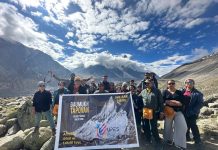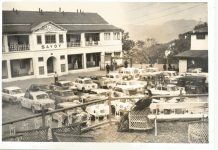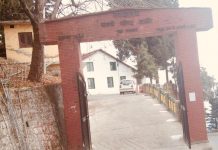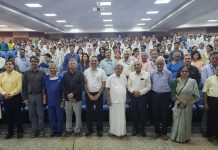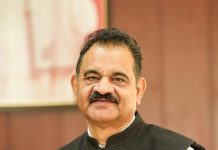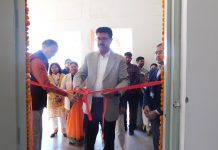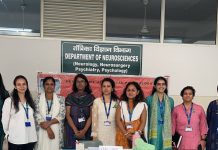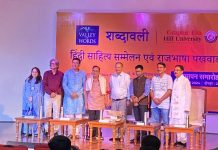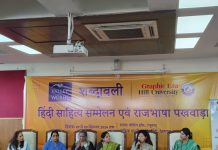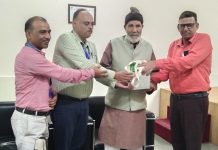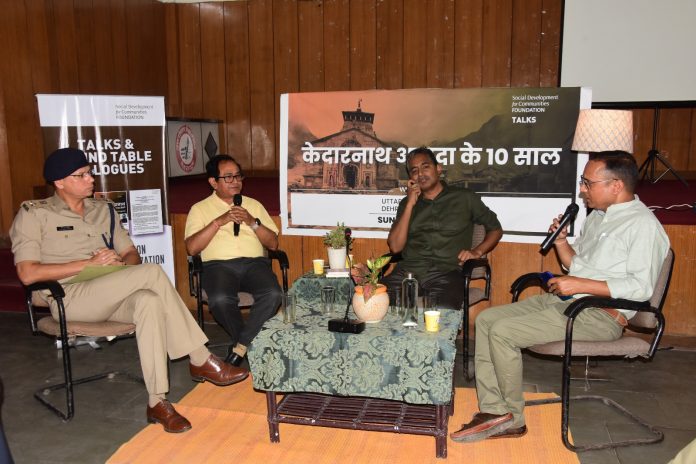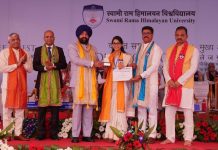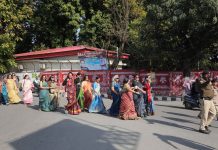A decade since the Kedarnath calamity took place in 2013, a community dialogue was organized by Social Development for Communities (SDC) Foundation at the Uttaranchal Press Club, Dehradun. Experts from various fields and eminent citizens stressed on taking lessons from the horrific disasters in the state. At the same time, they expressed concern over indiscriminate construction in the Himalayan regions and the huge rush of tourists.
Geology Expert and Adjunct Professor, HNB Garhwal University, Dr YP Sudriyal said that the crowd coming to the Himalayas including Kedarnath is only increasing. “If it is not managed properly, a tragedy like 2013 can happen again,” he said, and added, “After the 2013 disaster, we conducted a survey and found that the Kedar valley had a capacity for only 25,000 pilgrims to stay, but that night there were 40,000 people there. Now this balance has deteriorated further. The road which was earlier branded as All Weather has now been branded as Char Dham Marg project.” He emphasized that landslides are occurring on this road throughout the year. In such a situation, gathering more and more people in Kedarnath should be avoided. “We have to take care of the holding capacity of the Valley. We have also seen the result of unplanned development in Joshimath. On these issues, the government should listen to experts and involve them in the policy process,” Sudriyal added.
Participating in the discussion, senior journalist Hridayesh Joshi said that work is being done against the opinion of scientists in Uttarakhand, due to which the precariousness of disaster situations persists. “We should insist on sustainable roads instead of wide roads. People are asking for roads in their villages but aren’t being heard. The formation of SDRF after the Kedarnath disaster is a major achievement, but we have not been able to develop a warning system in the Himalayas as is in place in the coastal areas. The 2021 Raini disaster is an example of this. We do not have a mechanism to monitor the lakes. Environmental concerns are brushed aside in lieu of development plans,” he said.
SDRF Commandant Manikant Mishra, who was also a panelist, said that this disaster was not limited to Kedarnath, but the entire Uttarakhand was affected by it. SDRF was formed on the basis of those experiences. In the 10 years since the disaster, there has been a change in the attitude of the administration and the public that such a disaster can come at any time, and we have to be prepared for it. At present, we have five companies deployed at 42 locations. It is planned so that one can reach any accident site in the shortest possible time. “Now we have better forecasts too. Weather forecasts are coming up to the micro level. Due to the increasing number of tourists in the state, the challenges of dealing with accidents have increased. For this, the jawans are given training in personal rescue and paramedics. There is also a special team for high altitude rescue,” he said, and advised tourists coming to Uttarakhand to be alert about weather reports and travel keeping in mind the geography and climatic conditions.
The programme was moderated by senior journalist Sanjeev Kandwal while the inaugural session was moderated by Prerna Raturi. On this occasion, Anoop Nautiyal, Prof. Dr. Harsh Dobhal, Dr. Avinash Joshi, Dr. Sushil Upadhyay, Dr. Madhu Thapliyal, Dr. SP Sati, Ranbir Chaudhary, Pradeep Mehta, Sanjay Joshi, Ganesh Kandwal, Jai Singh Rawat, Rahul Kotiyal, Pradeep Kukreti, and many others were present.

